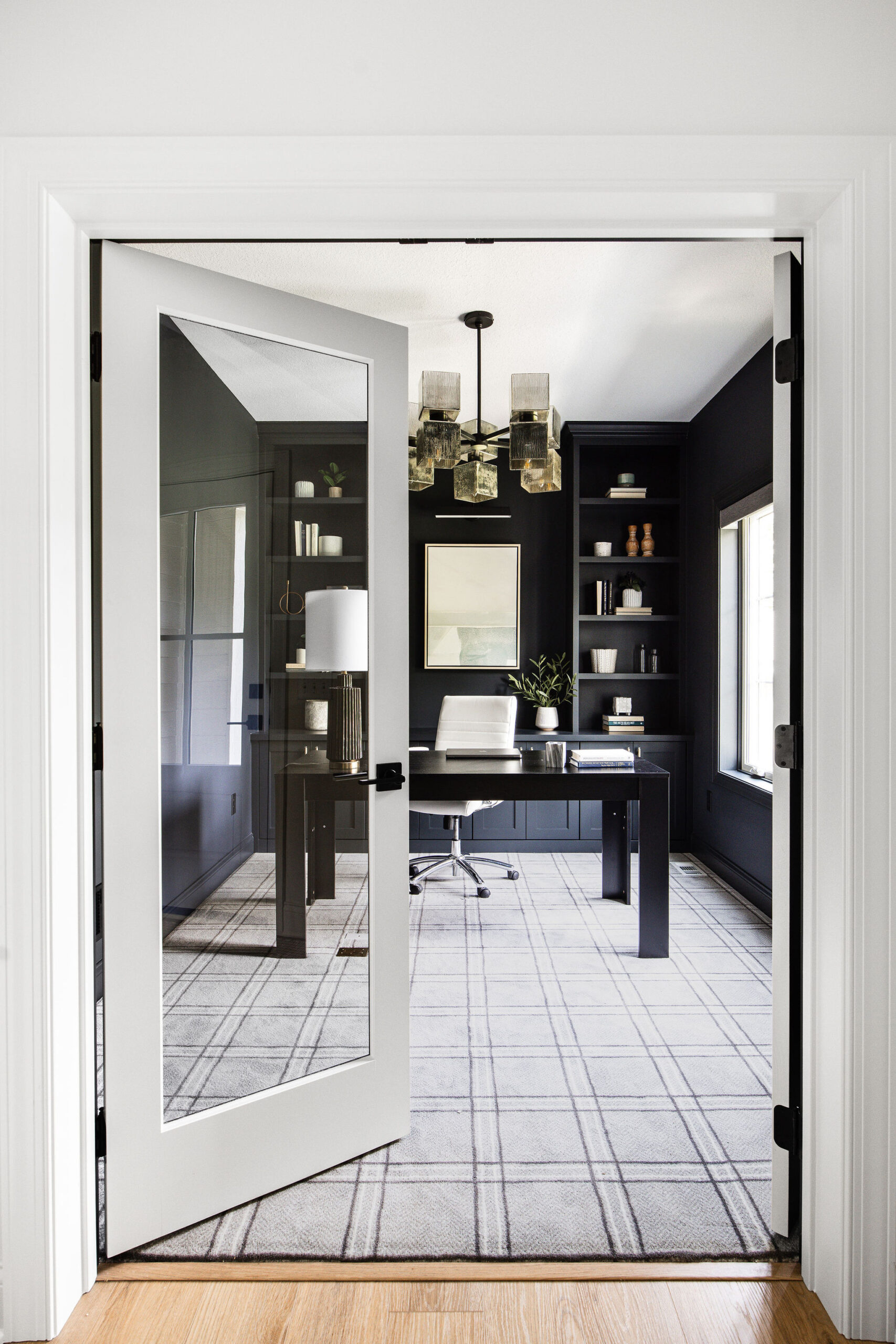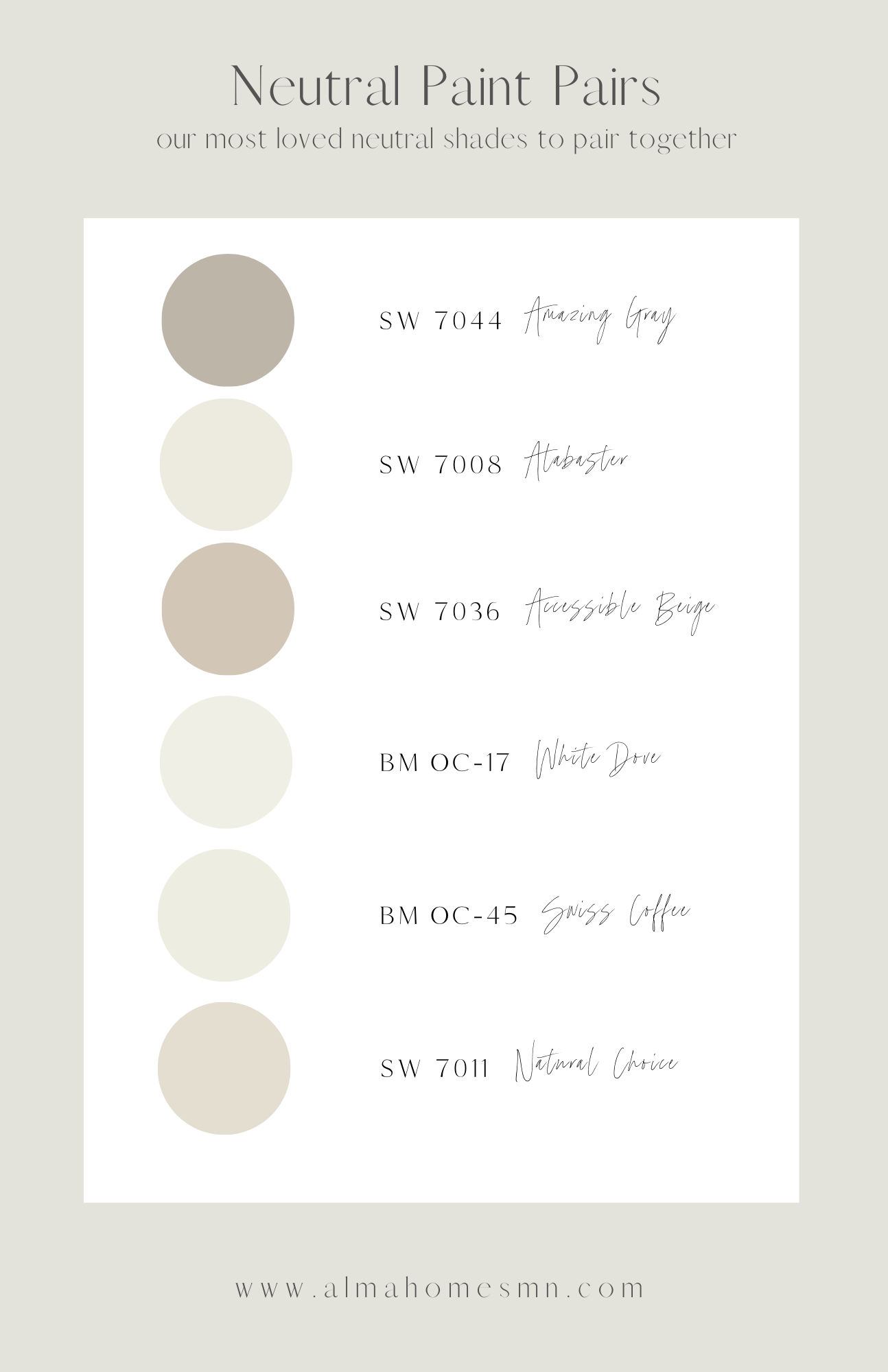When you picture a “high-quality” home, what comes to mind? Marble countertops? Custom cabinetry? Fancy light fixtures? While those are all beautiful finishes, true quality starts way deeper than what you see on the surface. A well-built home is one that’s structurally sound, energy-efficient, durable, and thoughtfully designed for real life—not just Instagram.
Here’s what really separates a well-built home from one that just looks pretty on the outside.
A Solid Foundation (Literally and Figuratively)

The foundation is the base of everything. A good-quality home starts with proper site preparation, soil testing, and a well-poured, well-drained foundation. Cracks, water seepage, or uneven settling can all point to foundational issues that are costly and difficult to repair later.
Bonus tip: Always ask if the builder does a pre-pour inspection or has a third party inspect the foundation before building up.
Quality Framing and Structural Integrity

Framing is the skeleton of your home. Good framing ensures walls are square, ceilings are level, and floors don’t bounce when you walk. A quality builder uses the right materials, follows correct load-bearing standards, and double-checks measurements before a single piece of drywall goes up. This phase is one you don’t want rushed or done cheaply—it affects everything that comes after.
Proper Insulation and Energy Efficiency

You may not see the insulation once your home is finished, but you’ll definitely feel it—in your comfort level and your energy bills. A well-built home uses proper insulation techniques, high-quality windows, and effective HVAC systems to maintain indoor temps and reduce energy waste. It also means fewer drafts, less moisture, and a quieter home overall.
High-Quality Materials

Not all materials are created equal, and using sub-par products can lead to premature wear and tear. This applies to everything from roofing and siding to drywall and trim. A well-built home doesn’t cut corners here. Whether it’s real hardwood floors instead of vinyl, or premium plumbing fixtures instead of builder grade, these details all add up over time in how the home holds up.
Attention to Detail in Craftsmanship

One of the most telling signs of a high-quality home is the small stuff: mitered corners that actually meet, cabinet drawers that close evenly, tile that’s been properly aligned and grouted. Good builders obsess over the little details because they know it leads to long-term satisfaction. If something looks “off” now, it’ll probably drive you nuts in six months.
Permits and Inspections Are Always Pulled

A quality builder does not skip permits or try to bypass inspections. If anything, they welcome them. Third-party inspections—whether from the city, engineers, or independent firms—ensure everything is done to code and helps protect you as a homeowner. If your builder doesn’t want to pull a permit, that’s a red flag waving aggressively in the wind.
Thoughtful, Functional Design

A good-quality home is more than a pretty layout. It’s a floor plan that makes sense for how you live. That means proper walkway clearances, plenty of storage, outlets where you actually need them, and a layout that flows. Quality design is intentional—it anticipates your needs and eliminates the “why did they do it that way?” moments.
Good Communication Throughout the Build

A well-built home doesn’t just happen—it’s the result of great communication between you, your builder, and all the trades involved. A high-quality builder will walk you through decisions, flag potential issues, and keep you informed every step of the way. When everyone is on the same page, the result is a smoother process and a stronger final product.
At the end of the day, a good-quality home isn’t just about finishes—it’s about how well it’s built from the ground up. You want a home that’s going to stand the test of time, not just photograph well for the listing. From structure and systems to design and details, true quality is about craftsmanship, care, and doing things the right way, even when it’s not the easy way.
Thinking about building or buying a home? Look beyond the surface—and don’t be afraid to ask the hard questions. The right builder will have nothing to hide and everything to show.


